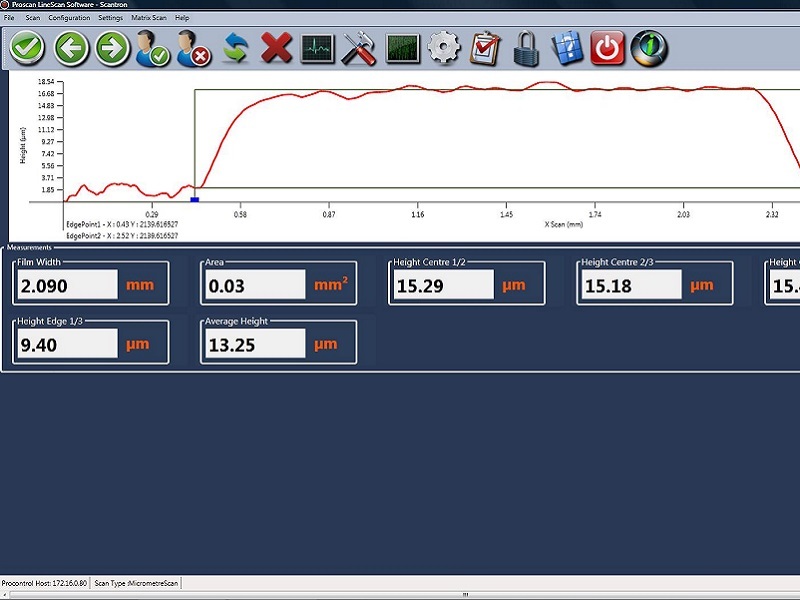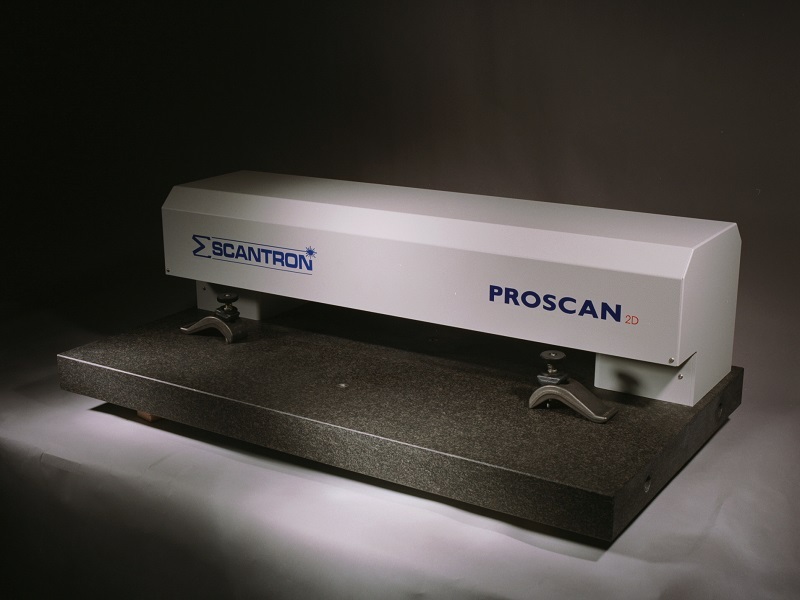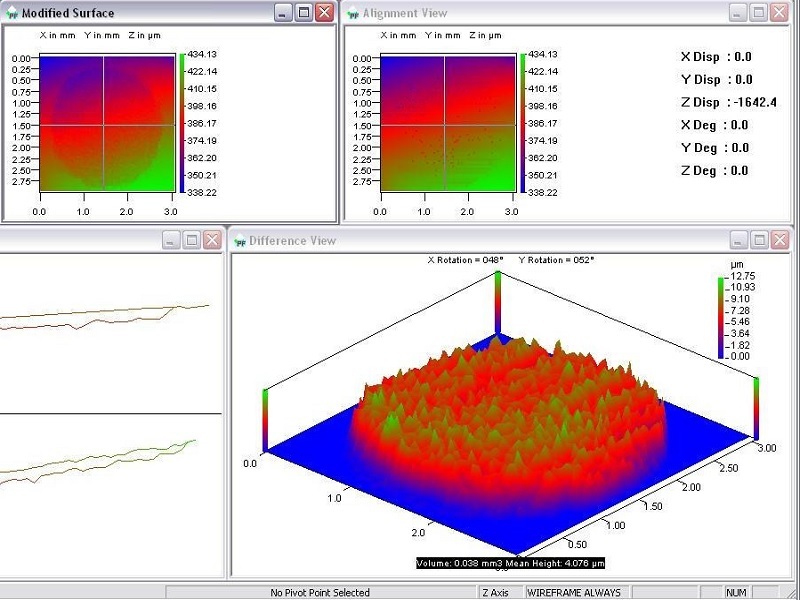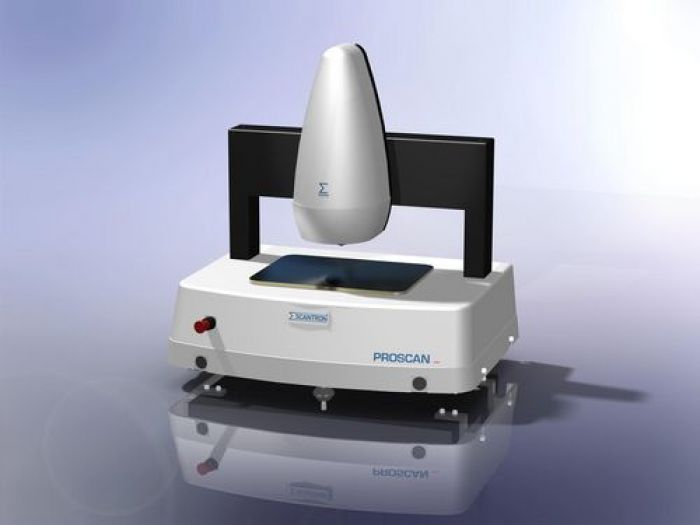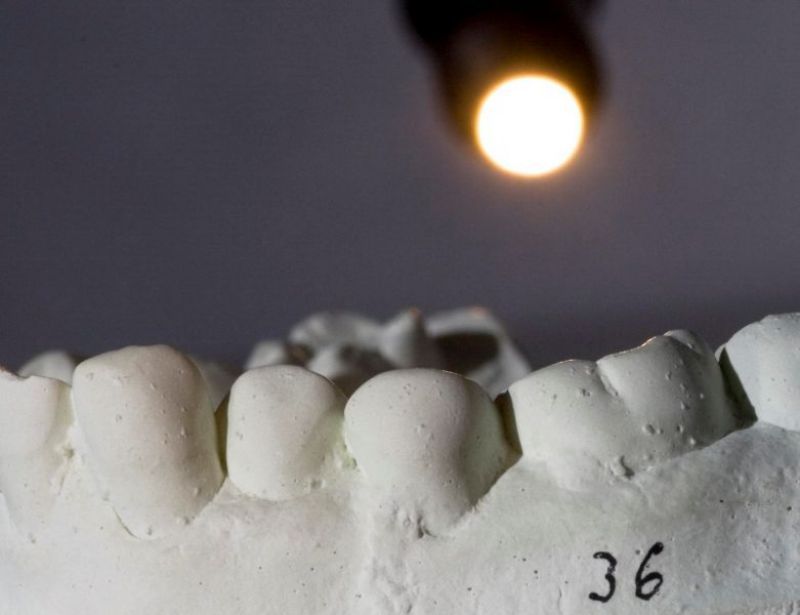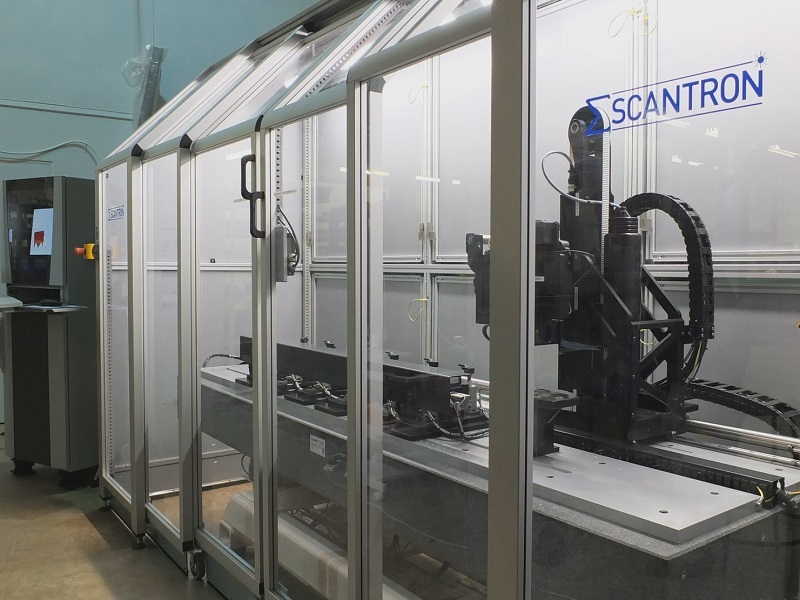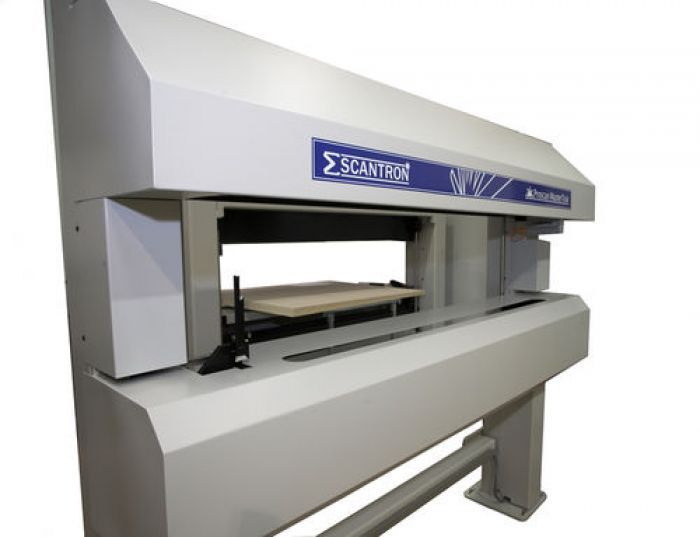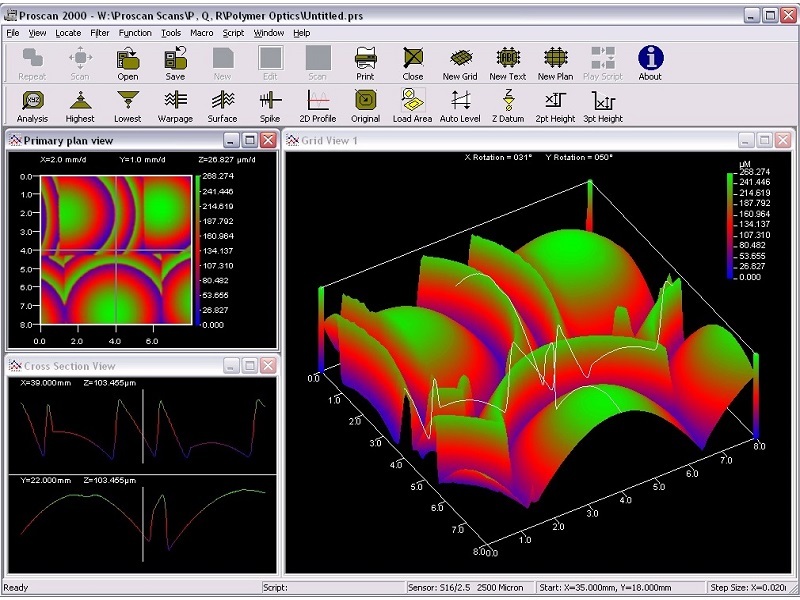Software
MEASUREMENT/METROLOGY SOFTWARE
Scantron is dedicated to providing you with the most suitable and efficient software that we can to make your projects easy and straightforward. Our in-house measurement systems have specially designed software that guarantees simple, efficient and effective use of the products, but there are occasions where we are required to develop specific software for particular applications.
To achieve this, we work closely alongside clients and partners to analyse, identify and settle on crucial requirements for application-specific software. Tasks may include defect detection and measurement, process control, flatness and shape analysis and batch measurement of parts, among other processes.
Our bespoke software is designed to perform specialised, complex and unique operations such as measurement in a straightforward and convenient manner by needing merely the press of a button to achieve desired results. This works to the benefit of the operator, by making their task faster and simpler and removes the subjectivity of the operations from the equation. Achieving this leads to a report of results that can be analysed by the operator to make a quick decision from the data presented to them through an easy to read and colour-coded go/no-go filter.
Part of what drives Scantron’s success is our ability to be innovative and find solutions that may not be immediately obvious. You can choose to work with us to develop software for existing standard Scantron systems or we can seek out unique methods to build a measurement system for your application depending on your needs as a customer.
Our Crossbow software, was developed to automatically locate the edges of strip or board products, measure width, edge condition, bow, maximum height, ISO roughness and more. Like other developments, this was designed to be achieved with one simple button press.
Whatever your requirements, the display and software protocols can be tailored to suit your specifications. Scantron has worked with many different clients to develop and create new software to achieve their desired goals as well as using our own standard software, which you can view below.
Please get in touch with us via phone or email to discover more about potential specified measurement software that we can help to develop to suit your needs.
A few examples of standard software are given below.
| Gauge Type | Application |
| Proscan | Full 3D profilometry and surface measurement software |
| Proscan 2D | Measurement of height, width, roughness etc. in one direction on long, flat products |
| Proform | Wear and erosion measurement for dental abrasivity testing |
| Linescan | Rapid batch measurement of thin films |
| MasterTrak | For online measurement of width, thickness and profile with customisable features such as online comparison to the CAD model of insulation panels |

